A wide-eyed look of astonishment glazed over my audience’s faces. Mouths opened and gasps were drawn, as cutlery clattered onto the table with a comedic clang.
My turn as magician was now in full force. The onlookers were captivated by this Caithnessian David Copperfield, as I delivered coup de grace:
“Ladies and Gentlemen, we have given you the television, the telephone, the Loch Ness Monster, and oh yes, the See-You-Jimmy-Hat, but none of these compare to that of the most essential and important Scottish invention…”
A hush gathers across the table. It is time:
“The Tunnocks Teacake.”
Cue rapturous applause, frenzied cheering and crying and fainting. The tourists at table 8 are left grinning ear to ear with mallow-flecked faces.
Much of my working life has been shaped and affected by tourists and tourism. My formative years were mainly spent working as a waiter in busy hotels and restaurants, and, being something of a sociable creature, I very much enjoyed engaging with local tourists. At times, I think, this was viewed as something of a strange habit. A few ex-colleagues had quite observantly noticed that some tourists didn’t even speak English, or remarked that phrases like “Excuse-moi, ou est le menu?” was like some sort of undecipherable foreign language.
I have always enjoyed the company of those who have an interest in the place I am from. Admittedly, more often than not, the people I spoke to in the hotels and restaurants were passing through to Orkney, but I was always happy to give them a little bit of information about the area. Sometimes they were pleasantly surprised, and sometimes they feigned interest, but to me, this was an opportunity to really showcase my homeland.
But why would I put myself through the theatrics of a Tunnocks Teacake presentation just to try and extol the virtues of my home?
The answer is that I very much love this part of the world. I have spent 27 happy years here, and I have been provided with a safe and comfortable environment, along with a good education, strong friendships, and excellent opportunities to grow and develop. Caithness has been kind to me.
The relative safety and comfort of my life here has, in turn, enabled me to forge a special relationship with Caithness and Sutherland; in particular I have learned to appreciate the vast and breath-taking landscapes of the area, and the wonderful archaeological embellishments which punctuate these strikingly beautiful regions. Though the archaeology of Caithness is understated – unlike the environs - a fascinating cultural narrative can be found within deepest strath and barest peatland plain, sheathed in nature, hidden by heather.
The archaeological landscape of Caithness has always had an allure for me, and I can’t help but gaze in a dreamlike fashion at the numerous ruined buildings or mounds which can be found across the region, wondering what was once there, and about the people who once live there. This is especially annoying for people when I’m in the car…even more so when I’m behind the wheel!
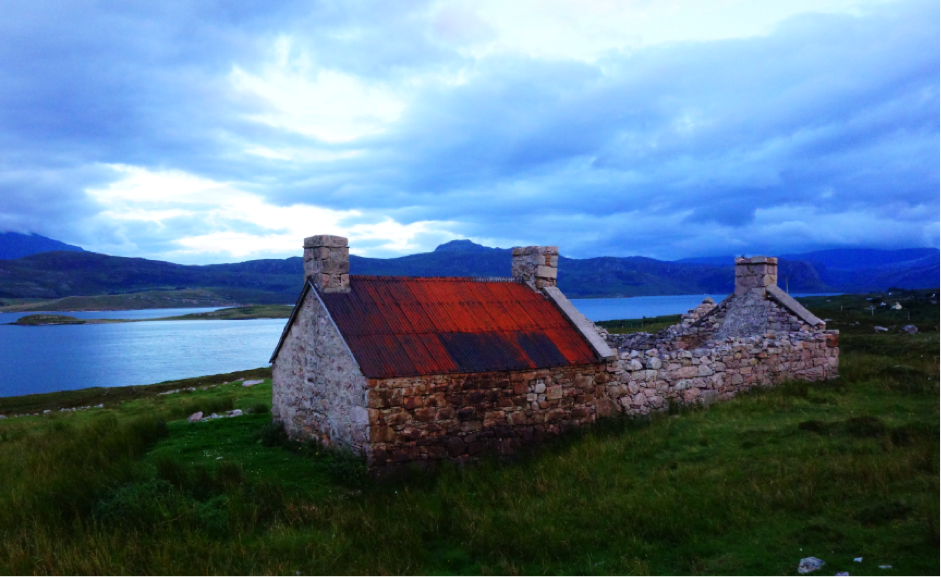
It’s only natural to want to know more about yourself, your history and cultural identity, and archaeology assists with just that. It’s always a pleasure to find something interesting in an excavation too – I mean, just think about the excitement of excavating the back of the couch to find upon the Holy Grail – the fabled lost remote control. Archaeology is a bit like that, but even better.
I reserve, however, a special interest for the brochs of Caithness. Brochs are huge drystone towers, unique to Scotland, and sometimes cited as the pinnacle of prehistoric architecture, or, more fantastically, as Scotland’s first skyscrapers. There are at least 170 brochs in Caithness – more so than anywhere else in Scotland – yet most are now no more than piles of rubble or grassy hillocks, having been robbed of their dignity and stone a long time ago, to make much of Caithness’ famous drystone dykes.

However, at Caithness Broch Project, we want to explore and investigate these structures in further detail. We want to make the broch the cultural icon for Caithness, a source of pride and inspiration. We hope to achieve this through a number of exciting projects, ranging from the creation of a Lego broch by ‘Brick to the Past’; to archaeological excavations at broch sites, as well as conservation projects at existing historic sites. Our ultimate aim is to create a replica broch, which would serve as a first-class tourist attraction and a vivid living history experience – we expect that all of this would go a long way to restore understanding and interest in Caithness’ cultural past, as well as making the area a viable heritage tourism destination.
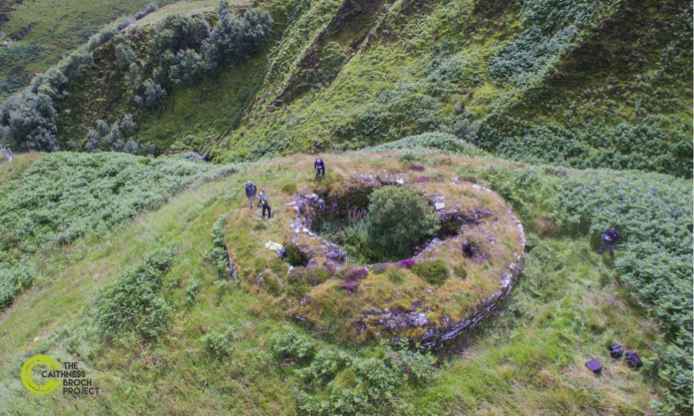
All this, of course, requires a lot of work and effort, and a constant level of commitment and enthusiasm. Fortunately I find myself in an inspiring part of the world, and, to both help unwind and learn more about my past, I enjoy a ramble to archaeological sites in the far north. You may be surprised that my favourite place in the north Highlands is neither in Caithness, nor is it a broch – but rather, a collection of historic and archaeological sites just east of Durness, beside Loch Eriboll, in Sutherland.
It’s always a delightful drive ‘oot west’, from Thurso, especially on a good day, when you can see out Cape Wrath, and the blue silhouettes of Ben Loyal and Ben Hope draw you closer…
Past farms and free range egg signs. Past lanolin traffic jams. Past ultra-rural-Scottish shops (serving mainly broken lighters and last century’s papers). Past passing place. Past deserted beaches. Past serene lochs. Past WATCH OUT FOR THAT BLOODY STUPID GROUSE!! Past postcard-picture villages…
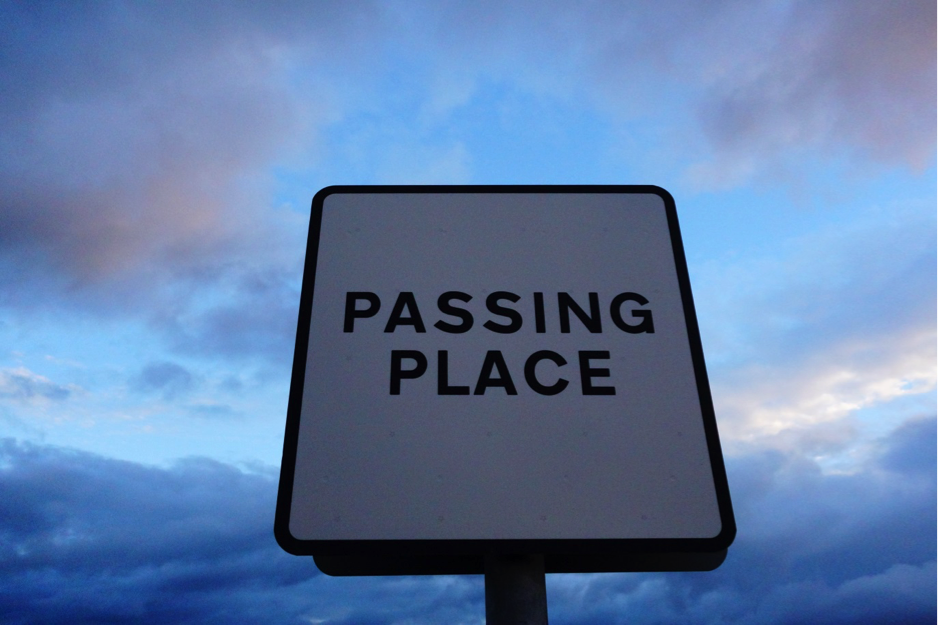
Until you reach Loch Eribol.
Now, Loch Eribol is pretty remote, and you would be forgiven for thinking that the only interesting fact attributed to the area is that someone once edited Eribol’s Wikipedia entry, changing it’s Norse translation from ‘Farm on a Beach’, to ‘Sex on a Beach’. And yes, that happened.
But the area around Loch Eribol is rich in sheer cultural and natural wonder. A deep sea loch with sumptuous views of the hills – Corbetts, to be precise – of Crankstackie, Beinn Spionnaidh and Foinaven. Those ancestors who named the hills before us must have wanted to make the names as difficult to pronounce as they are to climb!
If you are travelling west – east, you’ll also easily spot the crescent-shaped promontory islet of Ard Neakie – a photographer’s favourite. This near island sports four large lime kilns, which, along with various other ruined croft houses, indicates a once-sizeable population in the area, eradicated by The Clearances.
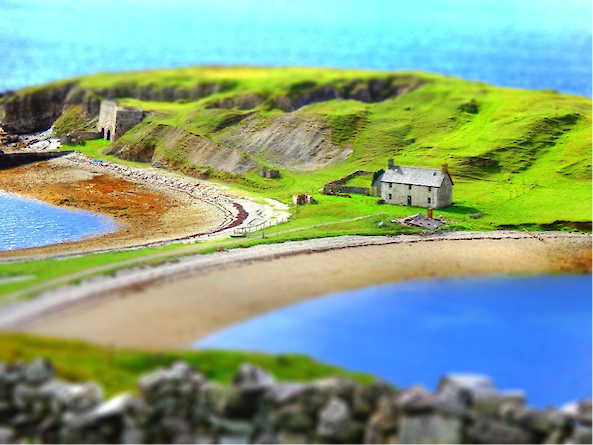
My journey, however, takes us round the loop to the other side of the sea loch, to an area known as ‘Laid’, where you can find the delightfully homely and cosy ‘Choraidh Croft Café and B&B’, where I first met the friendly owner, Charles. He was the person who pointed these places out to me, and I thank him for it.
My short trip begins underground – to a prehistoric structure known as a ‘souterrain’ (French for underground). Souterrains were thought to be food stores for our prehistoric pals, and this one can be found almost right beside the roadside (on the side of the loch). It is marked by two small piles of stones, but otherwise quite difficult to spot – take care looking for it, and if it’s wet, take a pair of wellies, as it can flood.
Peer into the underground passage, and you’ll see something quite astonishing. Beautiful stonework, hewn into the earth and fitted together like a jigsaw; the skill involved to build this is incredible, and just to think, it was made without machinery, without anything digital, electronic, steam-powered or otherwise, just human hand.
Our journey as we move out from our underground chamber and up the hill, to the left of the road. The hill is a fairly gentle climb, buzzing with the sound of bees, or chirping of various birds. Often you’ll surprise a local deer or nearly step on a dozy quail, masked perfectly by the heather.
You can actually spot the next site from the roadside – just below a ridge down from ‘Meall an Fheadian’, and to the left of a small stream, is what is quite perhaps flippantly referred to as ‘Graffiti’ on RCHAMS, are a series of stones, daubed in white paint, laid out to spell the word ‘HOOD’.
Add an ‘I’ and ‘E’ to the end and then maybe you’ve some grounds for ‘graffiti’, but these were actually set in place by crew members of the HMS Hood in 1935, while the battlecruiser was anchored in Loch Eriboll. What makes this particularly significant is the fact that HMS Hood was later sunk only 6 years later by the German battlecruiser Bismarck; out of 1418 men onboard, only 3 survived. No doubt some of the men lost on that fateful day were present on the hillside of Loch Eriboll. It’s a touching moment to stand there on that lonely hillside, surrounded by both beautiful views and haunting silence, and consider this tragic testament to the loss of so many lives.
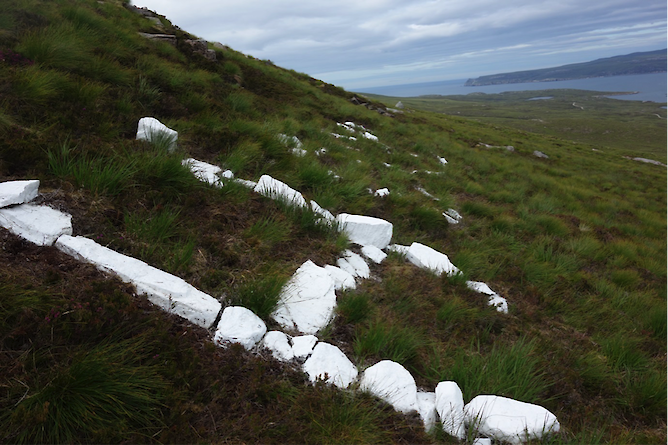
A short hike through more heather and rocky hillside is required for our last site, a prehistoric wheelhouse in the most peculiar, and hidden, of locations.
This part is a bit of rough and difficult walking, but rather enjoyable on a good day. Even in the snow (although I wouldn’t recommend looking for the white-painted Hood Stones in the snow; not my brightest moment) it’s good fun, but I can’t help but feel sorry for our prehistoric counterparts who would have made the journey several times in a day, barefoot or barely shod, whilst I’m equipped with the latest Super-Hike-Aqua-Gore-Flood-Resistant-MegaBoots 3000. Mind you, the Lego brick and upturned plug hadn’t been invented yet, so perhaps they were the lucky ones.
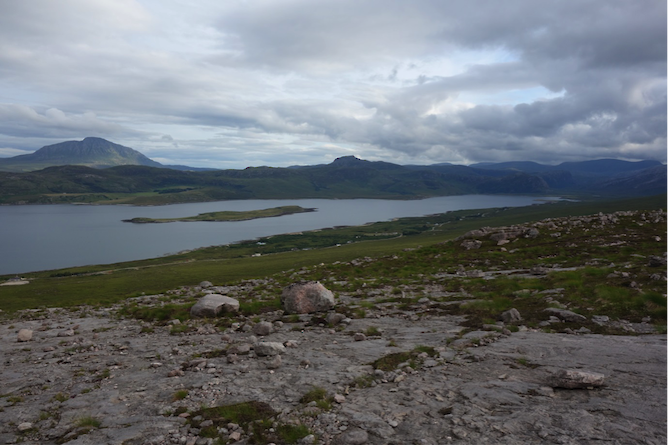
A jump across a stream and a slow trudge up the hill and eventually the wheelhouse comes into sight. Wheelhouses are a form of roundhouse –a prehistoric habitat, named so because of its ‘spokes’ protruding inwards – these are actually large upright stones, perhaps used to delineate parts of the house.
It’s an intriguing site, given its fantastic state of preservation (although likely meddled with by the Victorian antiquarians who excavated it), but mainly due to its location. Who would build a house here? I mean, it’s not even close to the telephone box by the road…
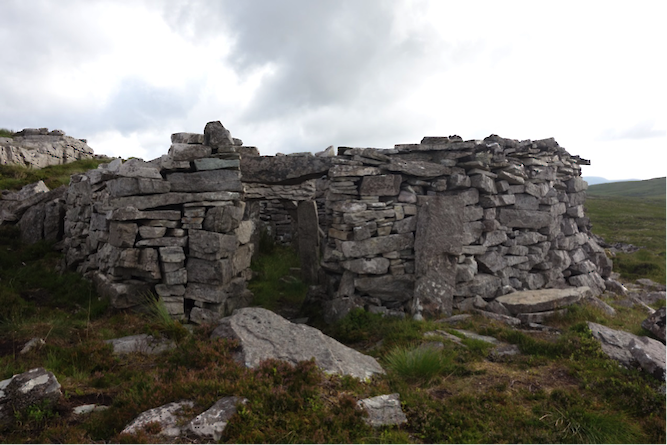
But they most likely chose this ‘hidden’ location as a safety measure. Away from marauders and rival clans, away from all the troubles of the word, peace and tranquillity abound.
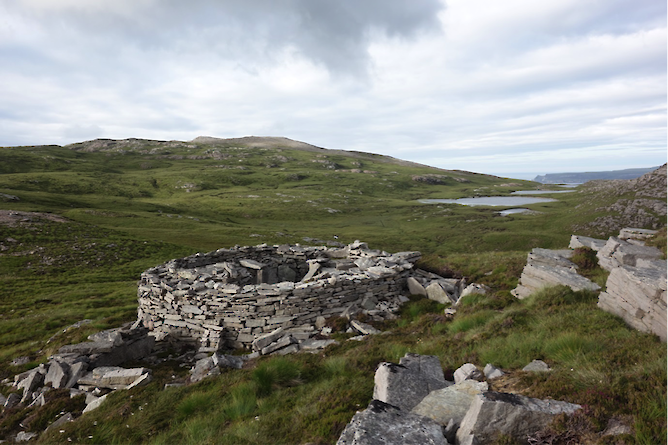
I like savouring times like these too: whether I’m standing on a barren hillside by a house, gazing at a view shared by those living there 3000 years ago; or stooping in an ancient and gloomy underground passage; or having a contemplative moment by memorials, it’s important to consider and perhaps develop a sense of connect with those who here before me. Those who worked, built, and breathed on the periphery of a wild and beautiful land.
Both the natural and archaeological landscape of the far north is something to really enjoy. Between the mountains and lochs you’ll find evidence of the people who wove stories into the land, whose tales and whose lives are waiting to be brought back to life. All you need to do is venture north, and discover them for yourself!
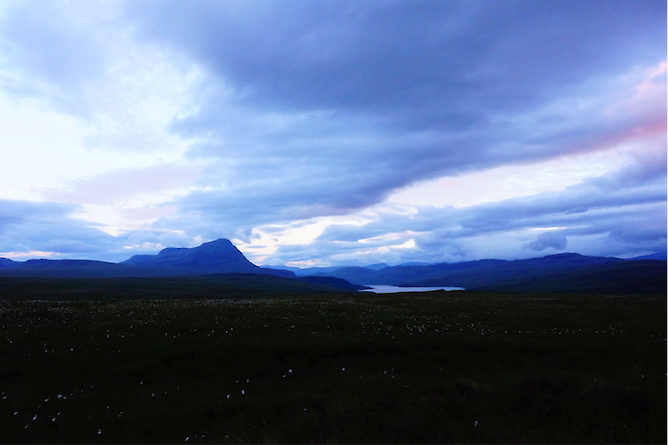
Website: www.thebrochproject.co.uk <http://www.thebrochproject.co.uk>
Become a Member: http://www.thebrochproject.co.uk/#!membership-1/mvoze
Facebook: www.facebook.com/caithnessbrochproject <http://www.facebook.com/caithnessbrochproject>
Twitter: www.twitter.com/thebrochproject <http://www.twitter.com/thebrochproject> or @thebrochproject
